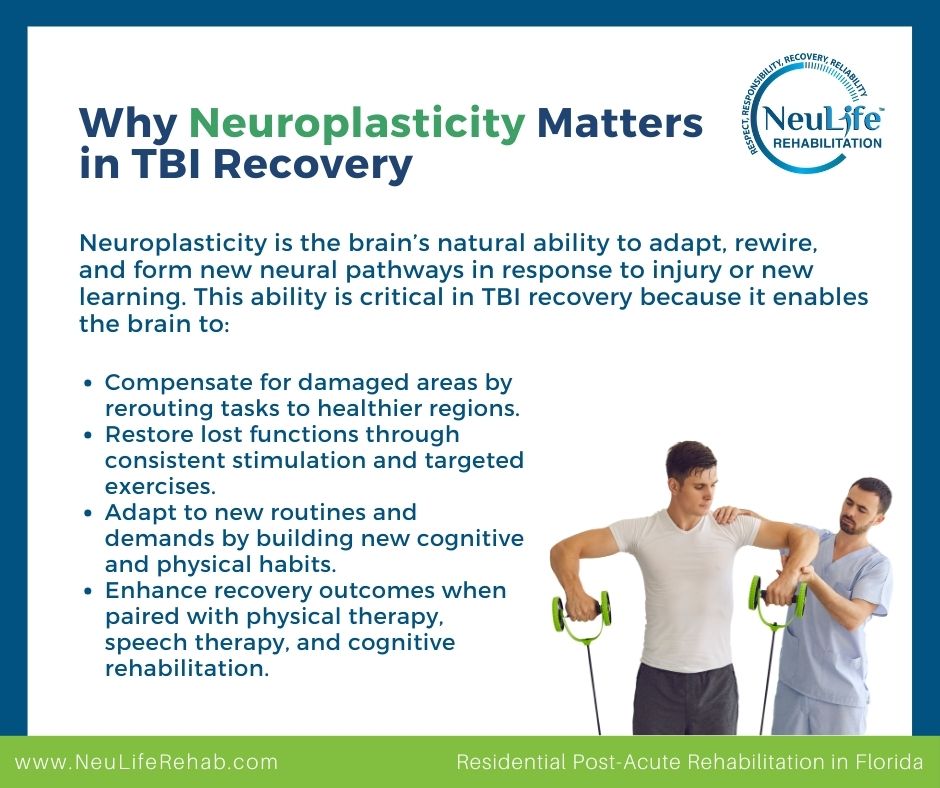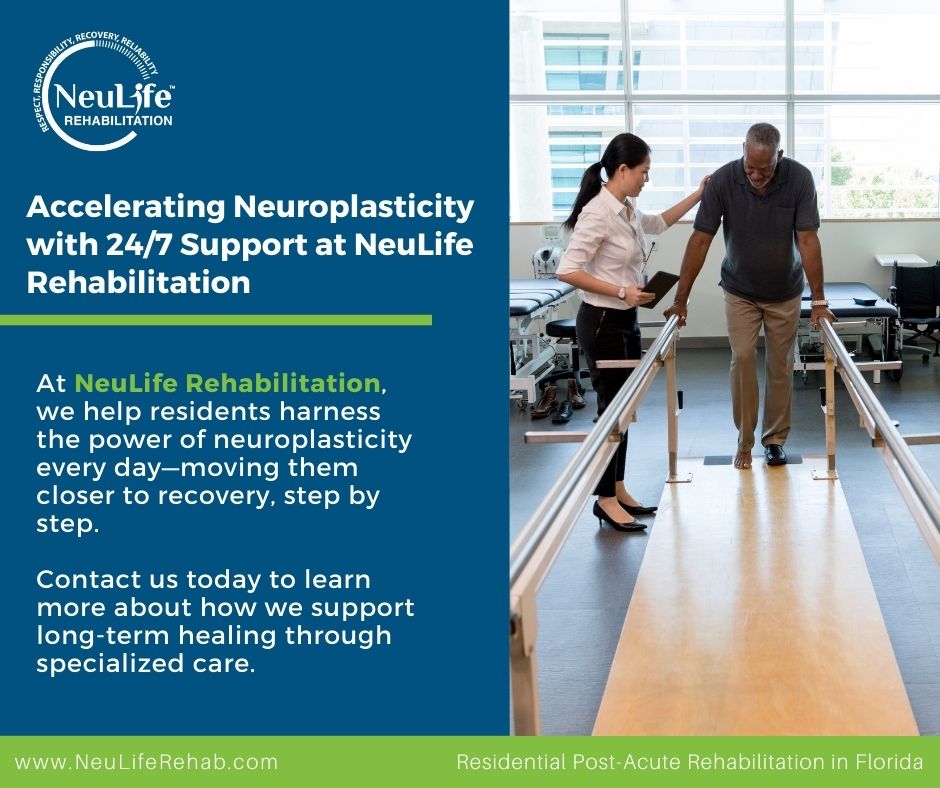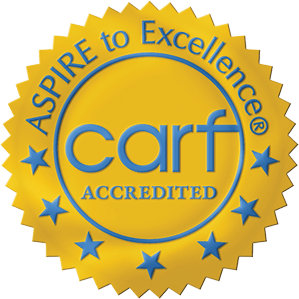Traumatic brain injury (TBI) can significantly impact a person’s physical, cognitive, emotional, and sensory functions. However, the brain possesses a remarkable ability known as neuroplasticity—the capability to reorganize and form new neural connections after injury.

Through targeted exercises, individuals with TBI can stimulate this plasticity, helping restore lost functions or develop new pathways for daily activities.
This blog post explores 25+ neuroplasticity exercises and strategies to promote brain healing and improve overall well-being.
After a traumatic brain injury, some neural connections may become damaged or lost. This can impair movement, speech, memory, and other critical functions.
Neuroplasticity is the brain’s natural ability to adapt, rewire, and form new neural pathways in response to injury or new learning. This ability is critical in TBI recovery because it enables the brain to:
Simply put, neuroplasticity provides the foundation for healing.
Physical activity is not just beneficial for the body; it's vital for brain health, especially after a TBI. Exercise increases blood flow to the brain, delivering essential oxygen and nutrients. It also stimulates the release of growth factors that support neuron health and neuroplasticity.
Start with short distances on flat, stable surfaces. Focus on maintaining balance and a steady gait. As you improve, gradually increase the duration, speed, and complexity (e.g., walking on uneven ground, inclines, or incorporating head turns).
Begin by standing near a support surface. Practice standing with feet together, then progress to tandem stance (heel-to-toe), and eventually single-leg stands. Hold each position for increasing durations. Using unstable surfaces like foam pads (with supervision) adds difficulty.
This activity targets the brain areas controlling equilibrium and proprioception (sense of body position).
Engage in activities requiring hand-eye or foot-eye coordination. Examples include throwing and catching a soft ball, stacking cones, simple drumming rhythms, or even modified dancing.
These activities force different brain regions involved in motor planning, timing, and sensory integration to work together.
Activities like stationary cycling, swimming, or brisk walking elevate heart rate. Start slowly and gradually increase intensity and duration as tolerated.
Aerobic exercise boosts brain-derived neurotrophic factor (BDNF), a protein crucial for neuron growth and survival, enhancing overall neuroplasticity.
Using light weights, resistance bands, or bodyweight exercises (like sit-to-stands or wall push-ups) helps rebuild the strength needed for daily activities. Focus on controlled movements.
Strengthening muscles improves functional independence and provides sensory feedback to the brain, reinforcing motor pathways.
These practices improve flexibility, range of motion, and body awareness. They often incorporate controlled breathing and mindful movement, linking physical activity with mental focus. Improved body awareness enhances proprioceptive feedback, while the mindful component aids focus and reduces stress, both beneficial for brain recovery.
Cognitive deficits are common after TBI. Exercises targeting memory, attention, problem-solving, and executive functions stimulate the affected neural networks, encouraging them to reorganize and function more efficiently.
Play card-matching games, recall lists of items, or practice remembering sequences of numbers or patterns. Use mnemonic devices (acronyms, visualization) to aid recall. These directly challenge working memory and long-term memory retrieval systems.

Jigsaw puzzles (start with large pieces), crosswords, Sudoku, or word searches engage various cognitive skills. Jigsaws involve visual-spatial skills, while word puzzles target language and logic.
Puzzles require sustained attention, problem-solving, visual scanning, and logical reasoning, activating diverse brain networks.
Numerous apps (e.g., Lumosity, Elevate, Peak) offer games targeting specific cognitive domains like attention, processing speed, memory, and problem-solving. Many adapt difficulty based on performance.
Engaging in something entirely new is a powerful neuroplasticity booster. Consider learning a few phrases in a new language, basic chords on a musical instrument, or simple coding concepts online. Novelty and complexity force the brain to create entirely new pathways and connections.
Work through real-life or simulated problems. Examples include planning a simple daily schedule, figuring out the steps to cook a basic meal, budgeting, or solving logic puzzles. These exercises engage executive functions – planning, organizing, sequencing, and reasoning.
TBI can affect various aspects of communication, including finding words, forming sentences, understanding language, and the mechanics of speech. Targeted exercises help retrain these abilities.
Practice naming common objects around the house or from picture cards. Start with simple items and progress to more complex ones or naming items within a category (e.g., "Name all the fruits you see").
Play games like "I Spy," charades, or description games where you have to describe an object without naming it for someone else to guess. Generate lists of words starting with a specific letter or belonging to a category. These activities actively challenge word-finding (lexical access) pathways.
An SLP or practice partner provides the beginning of a sentence, and you complete it logically (e.g., "To make coffee, I need..."). Gradually increase sentence complexity. This helps rebuild sentence structure and grammatical processing.
Read passages from books, magazines, or newspapers aloud. Focus on clear articulation, appropriate speed, and natural intonation.
Engage in conversations on specific topics with a therapist or communication partner. Practice turn-taking, staying on topic, asking clarifying questions, and using appropriate social language (pragmatics). Role-playing different scenarios can be helpful.
Listen to short stories, instructions, or news segments and answer questions about them. Start with simple yes/no questions and progress to more detailed "wh-" questions (who, what, where, when, why). This exercise targets the brain's ability to process and understand spoken language.
Injury can alter how the brain processes sensory information. Gently stimulating different senses can help retrain these pathways and improve sensory integration.
With eyes closed (if safe), try to identify different objects by touch alone (e.g., keys, cotton ball, sandpaper, coin). Describe textures (smooth, rough, soft, hard). Use therapy putty or stress balls. This enhances tactile processing and discrimination.
Listen to different environmental sounds (birds, traffic, music) and try to identify them. Listen to various music genres or tempos. Try identifying specific instruments in a piece of music. This refines the brain's ability to process and differentiate sounds.
Follow a moving object (like a pen or finger) with your eyes without moving your head. Practice scanning a room or a page systematically to find specific items or information.
Smell distinct, familiar scents like coffee grounds, lemon peel, lavender, or peppermint essential oil (on a cotton ball, not directly inhaled). Try to identify the smell. This stimulates the olfactory pathways, which have strong connections to memory centers.
Mindfully taste small amounts of distinct basic tastes: sweet (sugar), sour (lemon juice), salty (salt water), and bitter (unsweetened cocoa). Focus on identifying the taste sensation. This activates taste receptors and related brain pathways.
TBI recovery can be stressful and emotionally taxing. Mindfulness and resilience techniques help manage stress, improve emotional regulation, and enhance focus – all crucial for healing.
Practice diaphragmatic breathing. Inhale slowly through the nose, allowing the belly to expand, and exhale slowly through the mouth or nose. Focus entirely on the breath.
This activates the parasympathetic nervous system, promoting relaxation and reducing stress hormones that can hinder recovery.
Lie down comfortably and bring gentle, non-judgmental awareness to different parts of the body, starting from the toes and moving slowly up to the head. Simply notice any sensations without trying to change them.
Choose an object (e.g., a flower, a stone, your hand) and observe it intently for a few minutes, noticing details like color, texture, shape, and smell without judgment or analysis. This trains focused attention and present-moment awareness.
Listen to guided recordings or create your own mental scenes of peaceful, calming places (e.g., a beach, a forest). Engage multiple senses in your imagination—what do you see, hear, smell, and feel? This provides a mental escape, reduces anxiety, and can positively influence mood.
Become aware of negative thought patterns related to recovery challenges. Actively challenge and reframe these thoughts into more realistic, constructive, or hopeful ones. For example, change "I'll never get better" to "Recovery takes time, and I am making progress.
This helps manage frustration and maintain motivation, which are vital for sticking with rehabilitation.
At NeuLife Rehabilitation, we understand that true recovery after a traumatic brain injury goes far beyond basic rehabilitation—it requires consistent, specialized care rooted in compassion and clinical expertise.

Our inpatient, post-acute rehabilitation facility is an environment where neuroplasticity can thrive. It is uniquely designed to serve individuals with acquired and traumatic brain injuries, spinal cord injuries, and other complex conditions requiring extensive, round-the-clock support.
Through customized neuro rehab therapy programs, cutting-edge modalities, and a deeply committed interdisciplinary team, we help residents harness the power of neuroplasticity every day—moving them closer to recovery, step by step.
Contact our traumatic brain injury rehabilitation today to learn more.
The material contained on this site is for informational purposes only and DOES NOT CONSTITUTE THE PROVIDING OF MEDICAL ADVICE, and is not intended to be a substitute for independent professional medical judgment, advice, diagnosis, or treatment. Always seek the advice of your physician or other qualified healthcare providers with any questions or concerns you may have regarding your health.

We know that choosing the next step in your recovery from a catastrophic illness or injury is complex. Together, we can help you take the next step.
Contact us with any questions today.